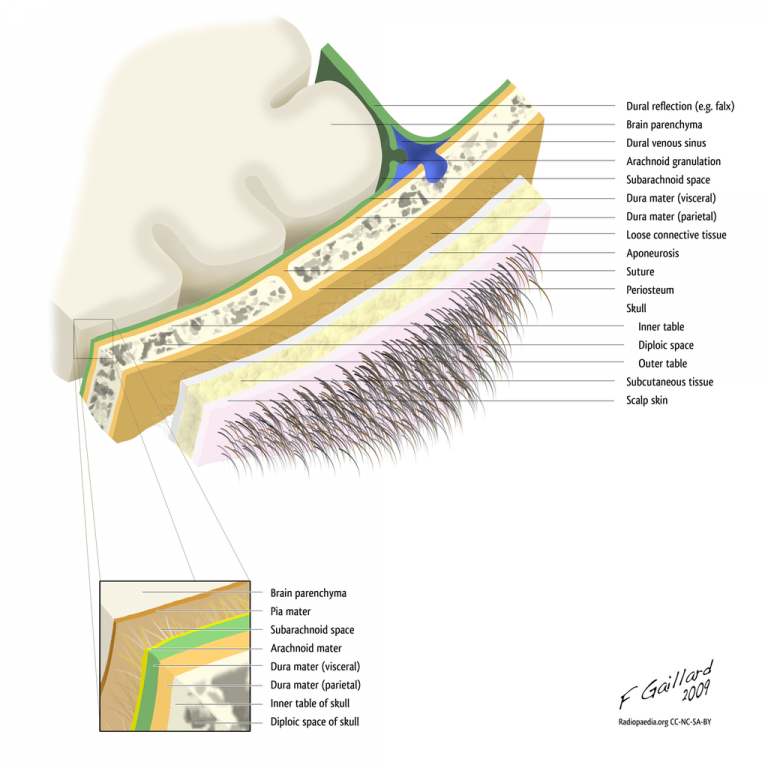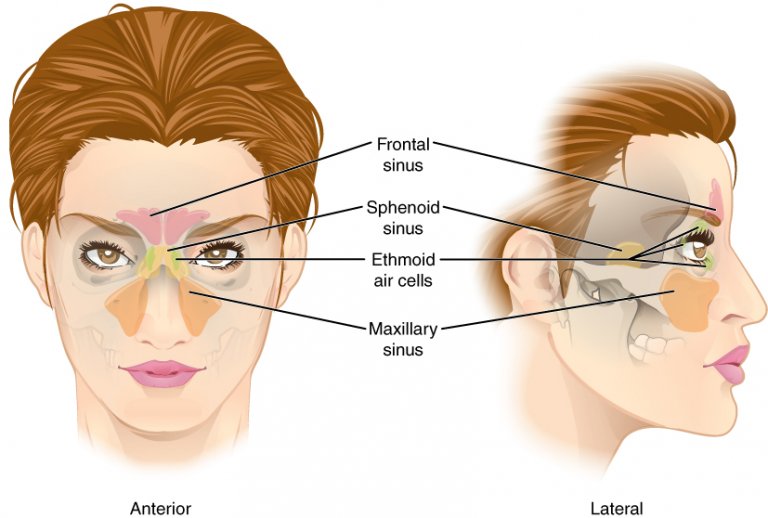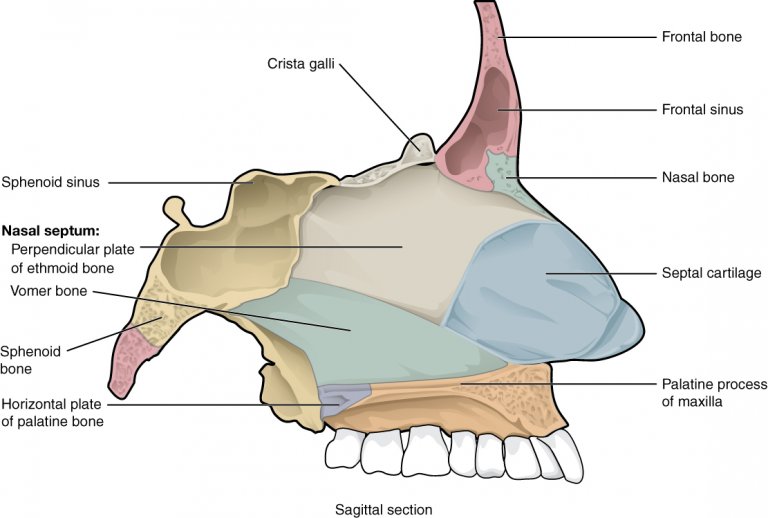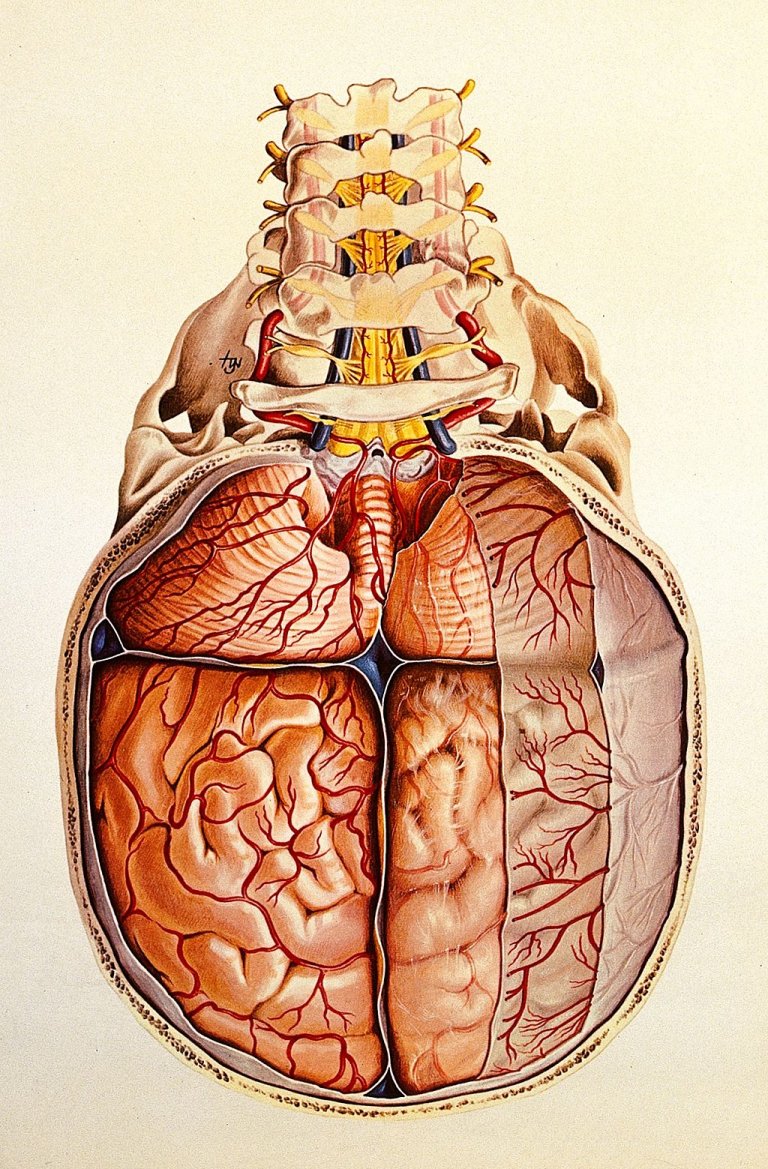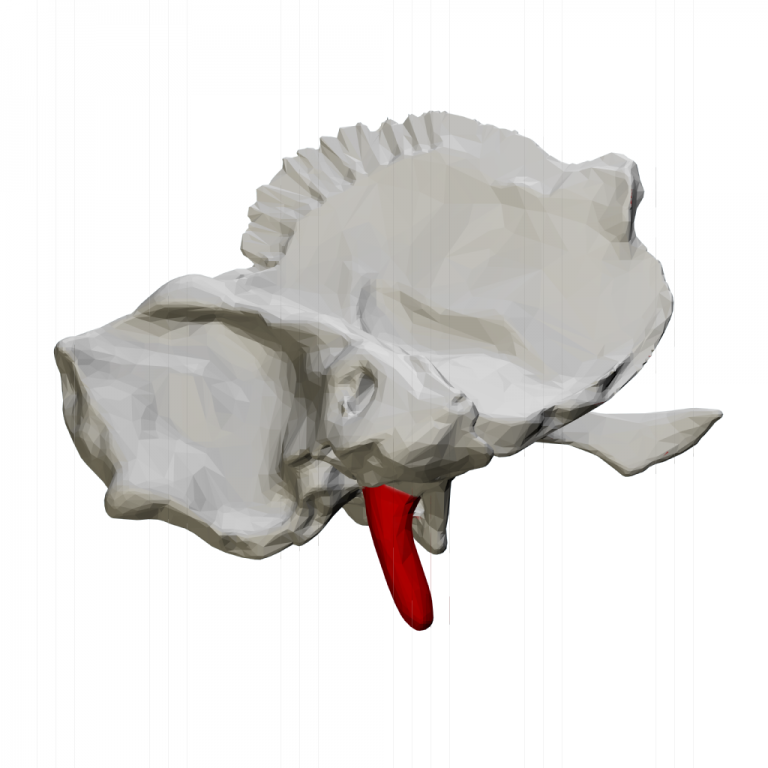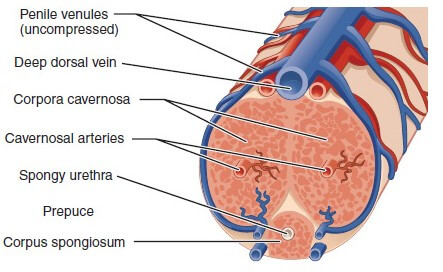Discover the Human Body
Anatomy 101
The word Anatomy comes from the ancient Greek word Anatomē, which means “dissection”. This branch of medicine studies the structural organisation of the human body and its parts, organs, and vascular supply. The observation of the body parts with the only assistance of the naked human eye is known as gross anatomy or macroscopic anatomy. The study of those body structures or body tissues that are only visible using special equipment such as a microscope is referred to as microscopic anatomy or histology.
Anatomy 101 is aiming to provide comprehensive and easy-to-digest information on the structure and function of a variety of human body parts. Improved knowledge of human anatomy and how the body systems interact sets the basis to understand illnesses and make informed decisions about your health care.
Dura Mater Explained
The Dura is the outermost layer of the meninges that covers the brain and the entire length of the spinal cord. In this article, you will learn about its structure, function, and clinical relevance.
Cavernous Sinus Explained with XR view
The cavernous sinus is a component of the dural venous sinus, which is a network of veins and nerves located in the brain. Learn all the details about this essential draining system!
Paranasal Sinuses Explained
The paranasal sinuses are air-filled regions within the bony structure surrounding the nasal cavities. Learn more about the anatomical position, function, and associated diseases of this body part.
Nasal Septum Explained
The nasal septum is a bone that divides the nasal cavity in two. Beyond its structural function, this body part is also involved in humidifying and clearing inhaled air. Learn more in this article!
Nasal Cavity Explained
The nasal cavity is an air-filled space behind the two openings of the nose, that is involved in smelling and breathing. Learn everything about this body part.
5 Key Facts On the Structure and Function of the Meninges
The meninges are sheet-like covering of the brain that protect the Central Nervous System (CNS). In this article, you will learn in detail the structure, function, and clinical relevance of this essential component for the brain.
Temporal Styloid Explained
Thе tеmроrаl ѕtуlоid iѕ a ѕmаll, triаngulаr ѕhареd bоnе thаt еxtеndѕ frоm the tеmроrаl bone. Learn every detail about the structure, function, and common injuries for this bone!
Soft Palate Explained
The soft palate is a muscle covered by a membrane and located at the back of the mouth. In this article, you will learn more about its structure, functions, and associated diseases.
Corpus Spongiosum Explained
The corpus spongiosum is one of the major players of the male reproductive system because it is involved in both protecting the urethra and erecting during sex. In this article, you will discover the structure, function, and common diseases associated with this body part.
Subscribe for Health Resources
Join our mailing list for access to software, subscriber-only content and more.



